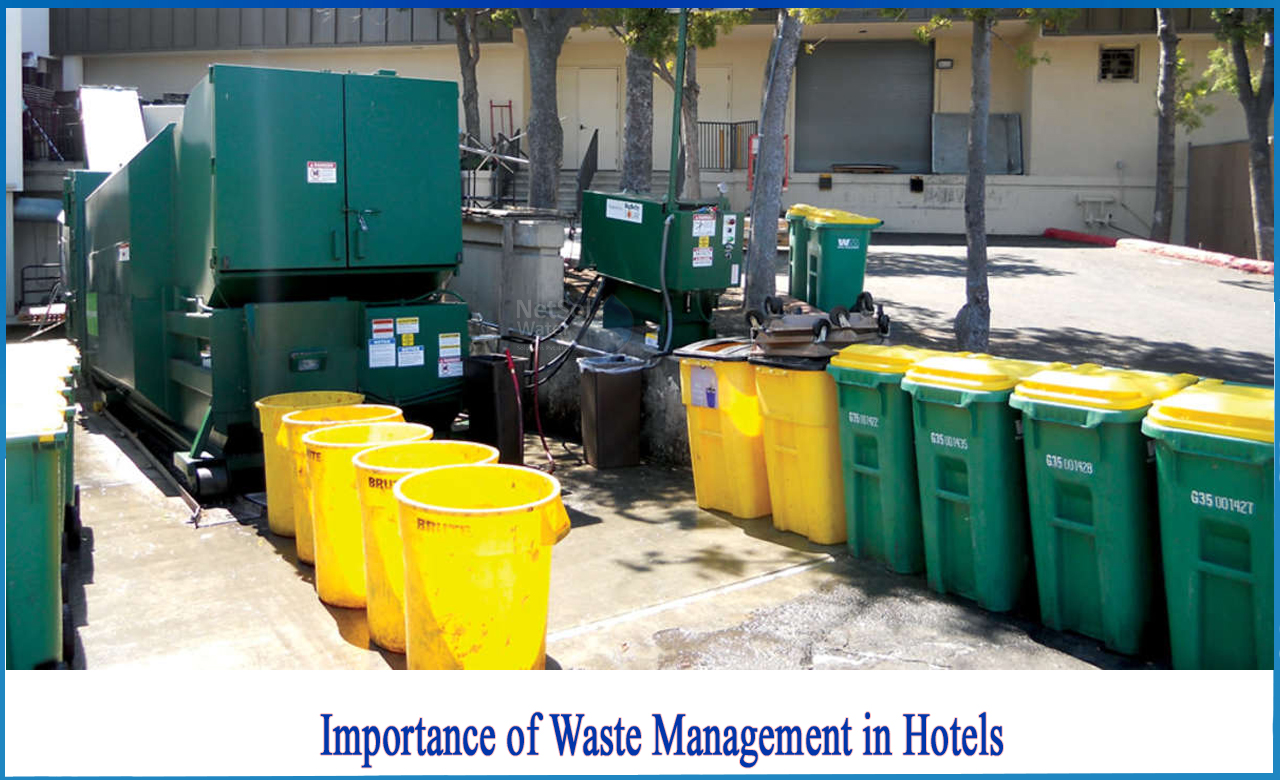Getting My Reclaim Waste To Work
Getting My Reclaim Waste To Work
Blog Article
See This Report about Reclaim Waste
Table of ContentsWhat Does Reclaim Waste Do?Reclaim Waste Fundamentals ExplainedLittle Known Facts About Reclaim Waste.Little Known Facts About Reclaim Waste.What Does Reclaim Waste Mean?
Explore the types, events, and types of liquid waste. Residential sewer waste describes the waste and items from a residential sewage-disposal tank. This sort of waste is created by human beings in homes, colleges, and various other buildings. This only consists of sewage-disposal tanks that have a drain area. The appropriate management and disposal of residential sewage waste call for liquid waste to be moved to a sewer treatment plant where the proper techniques and tools are applied to cleanse and get rid of waste.
Business waste frequently consists of potential threats, such as flammable products or a mix of liquid and strong waste products, and requires an advanced and comprehensive disposal process. The disposal of business waste normally entails the filtering of waste prior to transport to ensure risk-free and correct disposal. Industrial waste is produced from by-products and drainage of commercial procedures and production.
This type of waste can not utilize the same sewage monitoring transportation or processes as septic or business fluids. The hazardous waste management procedure needs the evaluation and testing of liquid waste prior to it goes through the disposal process (liquid waste removal). Runoff waste is the fluid waste that comes from runoff and excess stormwater in highly populated areas or cities
Drainage waste can trigger contamination and flooding if not dealt with correctly. Guaranteeing appropriate waste administration can protect against disasters and decrease environmental harm.
The Ultimate Guide To Reclaim Waste
Call PROS Providers today to learn more about our waste monitoring and disposal services and the appropriate means to take care of the fluid waste you produce.
(https://www.anyflip.com/homepage/imqzz#About)This so-called 'wastewater' is not just a vital source but, after therapy, will be launched to our land, waterways or the sea. Utilized water from bathrooms, showers, bathrooms, kitchen sinks, laundries and industrial procedures is known as wastewater.

water utilized to cool down equipment or tidy plant and equipment). Stormwater, a type of wastewater, is runoff that flows from farming and urban browse around these guys areas such as roofs, parks, gardens, roadways, paths and seamless gutters into stormwater drains pipes, after rain. Stormwater streams neglected straight to local creeks or rivers, ultimately getting to the ocean.
An Unbiased View of Reclaim Waste
In Queensland, the majority of wastewater is treated at sewage therapy plants. Wastewater is moved from domestic or industrial sites through a system of drains and pump stations, referred to as sewage reticulation, to a sewer therapy plant. Neighborhood federal governments develop, keep and operate most sewer therapy plants. Operators are accredited under the Environmental Defense Act 1994 to discharge treated wastewater at an appropriate ecological standard right into waterways.
The Department of Natural Resources encourages city governments about managing, operating and maintaining sewerage systems and therapy plants. In unsewered locations, neighborhood federal governments might call for owners to install private or home sewage therapy systems to deal with residential wastewater from bathrooms, cooking areas, restrooms and washings. The Department of Natural Resources authorises making use of house systems when they are confirmed to be efficient.
In some new communities, treatment of some stormwater to get rid of litter, sand and crushed rock has actually begun making use of gross contaminant catches. Wastewater treatment happens in 4 stages: Removes solid issue.
Uses little living microorganisms knows as micro-organisms to break down and eliminate staying liquified wastes and great fragments. Micro-organisms and wastes are integrated in the sludge.
The Best Strategy To Use For Reclaim Waste
Nutrient removal is not readily available at all sewer treatment plants since it calls for expensive specialised equipment. Clear liquid effluent produced after treatment may still contain disease-causing micro-organisms - industrial wastewater treatment.

The majority of wastewater moves into the sewage system. Under the Act, local governments carry out approvals and permits for ecologically relevant tasks (ERAs) including wastewater releases that may have a local effect.
Reclaim Waste Fundamentals Explained
Tracking gives factual details regarding water top quality and can confirm that permit conditions are being fulfilled. The information acquired with monitoring supplies the basis for making water quality decisions.
Report this page